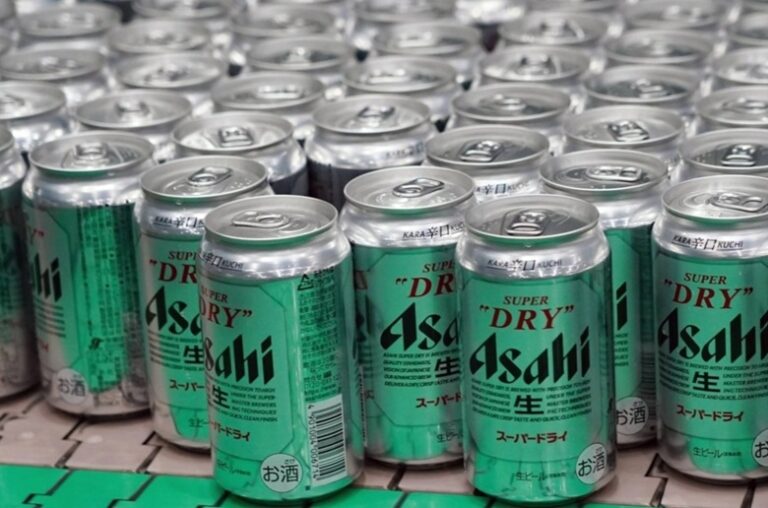In a bid to make the fashion industry more sustainable, Renewcell, a Sweden-based company, had high hopes for its innovative fiber made from recycled materials. However, retailers like H&M and Inditex, the parent company of Zara, have been buying only small quantities of this groundbreaking material, causing a significant setback for the sustainability movement in fashion.
Renewcell’s flagship product, Circulose, is a pulp made from recycled cotton, specifically designed to create clothing materials with a reduced environmental footprint. Magnus Hakansson, the interim CEO of Renewcell, recently voiced concerns about the slow demand from retailers, which is putting a severe strain on the company’s operations. Renewcell’s shares have taken a beating, and the company had to revise its forecasts as sales fell short of expectations.
Renewcell initiated its first commercial recycling plant in the previous year with a capacity to produce 60,000 metric tons of pulp. However, the expected orders from major retailers, including H&M and Zara, have yet to materialize.
Over the past month, Renewcell’s stock value has plummeted by over 80%, and the company reported an operating loss of 190.1 million Swedish kronor ($17 million) for the first nine months of the year. This grim situation highlights the critical need for a change in the fashion industry’s approach to sustainable materials.
Magnus Hakansson, a former McKinsey consultant, emphasized the importance of transitioning to new materials to meet sustainability targets. He stated, “It will be a big step back, a big discouragement for other similar investments if things don’t play out well for us.” Circulose, Renewcell’s main product, has the potential to replace traditional wood pulp in clothing materials, offering a more eco-friendly alternative. Typically, it is blended with other virgin fibers, making it versatile for various clothing applications.
Circulose-containing viscose has a silky texture and drapes beautifully, making it suitable for blouses and dresses. Moreover, Renewcell’s pulp can be spun into yarns, woven, or knitted into fabrics, demonstrating its potential to revolutionize the fashion industry. A single ton of circulose can be used to produce as much as 3 tons of viscose fibers, equivalent to around 20,000 t-shirts.
H&M, Renewcell’s largest shareholder, had pledged that 30% of the materials it uses would come from recycling by 2025 but had only reached 23% by 2022. Similarly, Inditex, a major player in the fashion industry, aims to achieve 25% new fibers by 2030. Despite these commitments, both retailers and Levi Strauss & Co. have only released limited edition collections using Renewcell’s pulp.
However, there are some positive signs of increased demand. Inditex recently announced that its suppliers would purchase 2,000 tons of material made from a blend of circulose and cellulose from wood pulp. The company plans to gradually introduce this material into its collections in the upcoming seasons. H&M also expressed its confidence in Renewcell, stating that the company has the “potential to drive change in the industry by enabling the scale-up and commercialization of circular materials.”
While the fashion industry is gradually warming up to sustainable materials like Circulose, challenges remain. Chemical recycling that transforms old textiles into new ones is still a nascent area of innovation, with competition from startups such as Circ and Infinited Fiber. These technologies face significant barriers to scale, including a lack of financing and limited interest from fashion brands. Fabrics made with these new materials are also more expensive than cheaper virgin materials produced from oil, cotton, and wood.
The fashion industry’s journey toward sustainability is encountering obstacles due to slow adoption of innovative recycled materials like Circulose. While progress is being made, it is crucial for retailers to increase their commitment to using these materials to achieve their sustainability goals and drive positive change in the industry.
(Source: Bloomberg | Japan Times)







